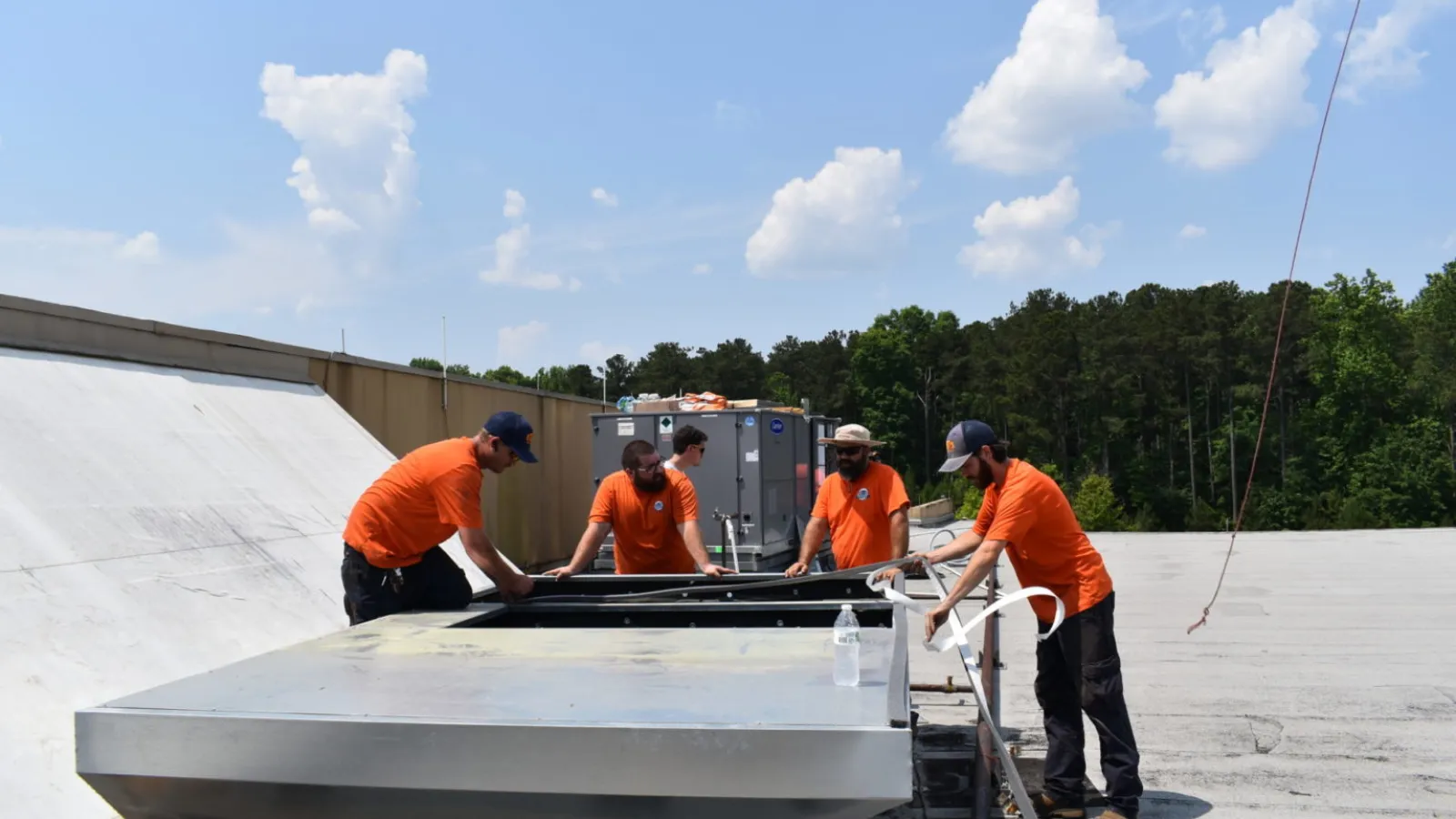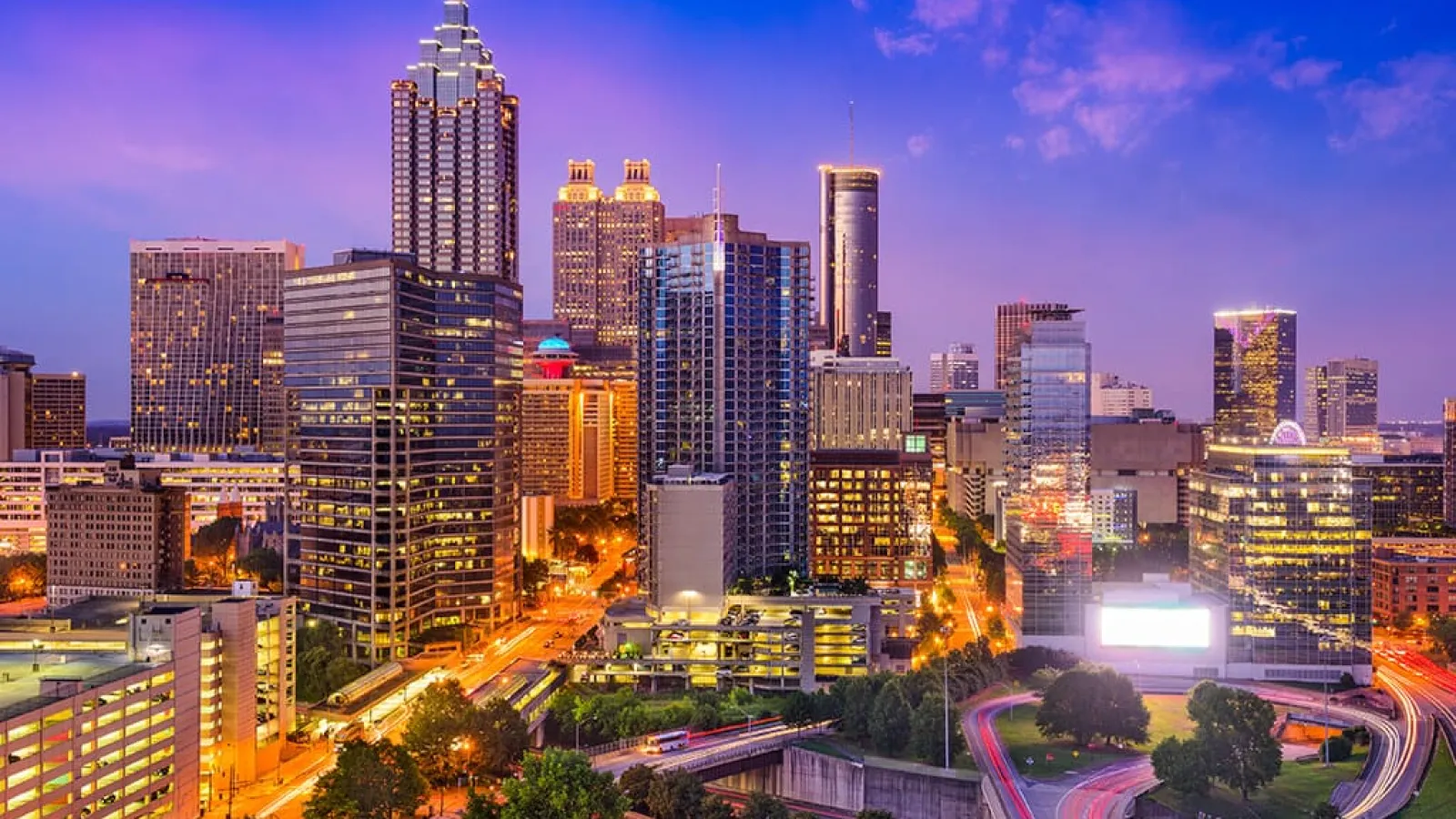Creating a comfortable, balanced indoor environment within a commercial building can be a challenge. While a capable and reliable commercial heating and cooling system is needed to add and remove heat, the work performed by furnaces and air conditioners is diminished when airflow issues exist.
HVAC airflow problems in commercial buildings result in uneven temperatures, poor indoor air quality, energy waste, and other issues that ultimately cost the business through productivity losses and increased operating expenses. In our most recent blog, the commercial HVAC system technicians at Estes Commercial discuss tips to identify and correct airflow challenges quickly to avoid the negative consequences that impact your bottom line.
Common Commercial HVAC Airflow Problems
In order for an HVAC system to properly distribute heated and cooled air, efficient equipment performance and clear air distribution paths must be present within the building. Facilities with commercial HVAC airflow problems suffer from one or more of the following issues:
- Airflow obstructions
- Lack of maintenance
- Equipment malfunctions
- Inadequate HVAC equipment
Estes Commercial helps Atlanta area business owners and facilities managers identify the presence of commercial HVAC airflow issues and assists them in implementing the right solutions to address the facility’s heating and cooling needs.
Obstructions to Airflow
Airflow through a commercial heating and cooling system involves condenser units, filters, ducts, supply vents, and returns. Common obstructions to a building’s airflow include:
- Dirty condenser units that block airflow necessary for heat transfer.
- Clogged air filters that prevent free airflow through the HVAC system.
- Blocked supply and return vents that stop conditioned air from entering workspaces and flowing back to the HVAC system for treatment as needed.
- Disconnected, dirty, or damaged ducts that prevent the transport of conditioned air to rooms throughout the commercial space or back to the HVAC equipment for heating and cooling.
Fortunately, many airflow obstructions are simple to correct through inspection, maintenance, and making adjustments.
- Remove debris gathered along the condenser unit fins as well as vegetation and items stored up against the unit.
- Replace filters on a regular basis as part of the facility’s maintenance routine.
- Inspect each interior area of the building’s supply vents and returns. Move furniture, carpets, equipment, and other items found blocking these vents.
- Inspect accessible ductwork for visible damage and disconnections. Request duct repair services to assess ducts in hard-to-access areas and to correct any damage found. Duct cleaning services remove dust, debris, and other matter gathered inside the ducts to form airflow obstructions.
Lack of Maintenance
Improper maintenance of heating and cooling equipment can contribute to commercial HVAC airflow problems such as dirty blower fans. If the system’s blower fan is unable to operate at the correct speed, it results in reduced airflow in the building. Often, dirt and grime build up on fan blades, hampering performance. Cleaning the blower fan and assembly removes this restriction so the blower is able to perform correctly.
Poor commercial HVAC maintenance also contributes to the worsening and persistence of airflow issues. A regular maintenance routine not only provides essential servicing for heating and cooling system components, but creates opportunities for system inspection which allows commercial heating or cooling specialists to identify airflow problems. Work with Estes Commercial to develop a maintenance plan that meets the needs of your facility and HVAC systems so that airflow issues and other malfunctions are discovered and addressed as soon as possible.
Equipment Malfunctions
Malfunctions affecting certain heating and air conditioning components create airflow issues throughout a commercial facility. Thermostat malfunctions can result in inaccurate temperature readings, causing the control to improperly reduce air volume through the HVAC system. Faulty or dirty sensors, external heat sources, and low power may be at the root of poor airflow. Test thermostats regularly, change batteries once per year or more often if needed, and place thermostats away from sources of heat that can disrupt temperature detection.
The blower fan may run slowly due to poor maintenance, but this component can also lose speed due to component malfunctions. A bad capacitor, worn or stretched fan belt, or damaged electrical wiring can affect the operation of the blower motor – these issues can often be resolved through repairs. If the blower motor itself has worn out, it will need to be replaced.
Inadequate HVAC Equipment
Heating and air conditioner equipment or ductwork may not meet the current building’s needs, resulting in commercial HVAC problems. If HVAC units are too small to meet the facility’s heating and cooling demands, poor airflow is likely because the system does not have enough power to effectively circulate air throughout the building. The configuration of workspaces, offices, and production areas may have changed within the building, causing the duct system to become outdated if it was never remodeled to accommodate the facility adjustments.
Resolving commercial HVAC airflow problems due to inadequate heating and cooling equipment or ducts requires system replacement or the installation of new ducts. Estes Commercial’s HVAC specialists determine the correct unit size for efficient operation and provide complete installation services. Existing ductwork may require replacement or installation of additional duct runs according to updated duct design.
Correct Airflow Problems in Your Facility with Estes Commercial
The Atlanta, Georgia heating and cooling experts of Estes Commercial are equipped to correct the commercial HVAC airflow problems your facility faces. Improve comfort, increase energy efficiency, and lower operating costs when you contact us today.



